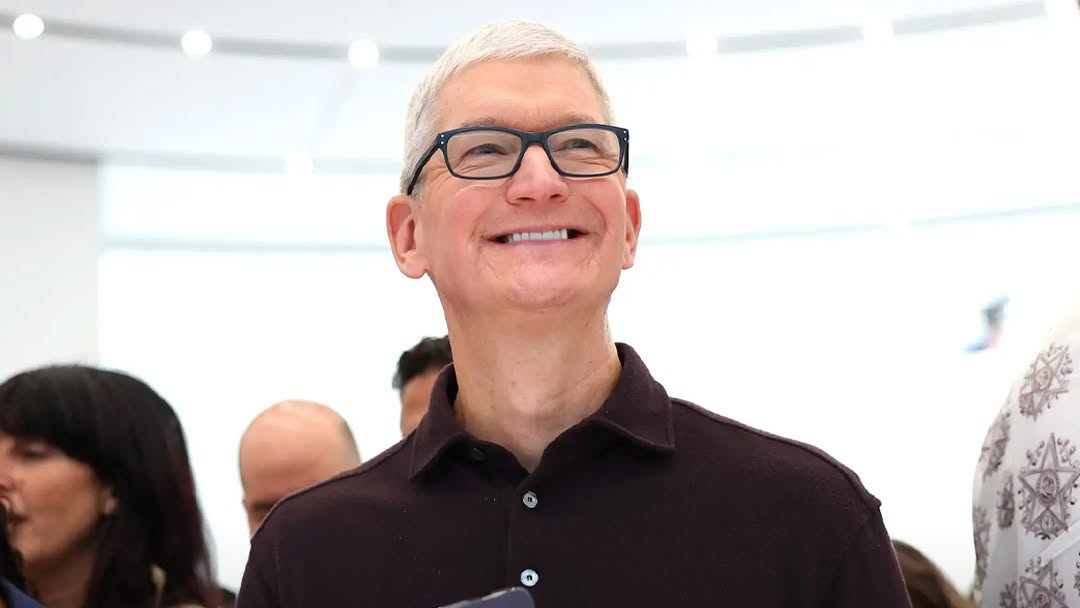What Is WWDC and Why Does It Matter?
The Worldwide Developers Conference (WWDC) is Apple’s most important annual event for software announcements and developer engagement. Hosted from its Apple Park campus in Cupertino, California, WWDC brings together developers, press, and fans from around the world. It’s the moment Apple showcases what’s next for its software platforms—including iOS, iPadOS, macOS, watchOS, and tvOS—and increasingly, a stage for showcasing hardware and emerging technology. This year’s WWDC 2025 wasn’t just a technical update—it was a quiet, calculated repositioning of Apple in the AI race.
Who Appeared at WWDC 2025?
WWDC 2025 was opened by CEO Tim Cook, who offered a calm but confident overview of Apple’s progress and vision. Craig Federighi, Apple’s Senior Vice President of Software Engineering, took the reins during most of the keynote, presenting iOS 19 and macOS Sequoia with his signature charisma. Other appearances included hardware lead John Ternus and head of AI, John Giannandrea, though the latter remained mostly behind the scenes. While the presence of big names reinforced Apple’s leadership, the overall tone was deliberate: focus on features, not personalities or buzzwords.

What Was Announced at WWDC 2025?
Apple announced major upgrades across all its operating systems. iOS 19 stole the spotlight with smarter notifications, an upgraded Siri, and “Apple Intelligence”—a suite of AI-powered features that Apple carefully avoided labeling as such. macOS Sequoia introduced deeper integration with iPhone, enhanced productivity tools, and performance improvements. iPadOS 19 focused on boosting multitasking and Apple Pencil responsiveness. Meanwhile, watchOS introduced the AI-powered “Workout Buddy,” a contextual fitness companion that cheers you on and offers performance analysis during and after workouts.
Related: What If iPhones Were Made in America? Trump’s Push & Apple’s Dilemma
The Return of Siri—But Is It Finally Smart?
Siri received a long-overdue upgrade, and this time Apple claims it's personal. The assistant now uses on-device AI to remember context, follow multi-step commands, and interact across apps more intelligently. You can now ask Siri to “reschedule my 2 PM meeting and tell Jamie I’ll be late,” and it will actually do both. While not a full rival to ChatGPT or Google Gemini, the updated Siri represents Apple’s renewed focus on making virtual assistance actually useful, rather than frustrating.
What Is Apple Intelligence and Why Is It Different?
Apple’s most significant reveal was “Apple Intelligence,” an umbrella term for its new AI tools integrated into iOS, macOS, and beyond. It includes features like Genmoji, Smart Replies, system-wide context awareness, and enhanced Spotlight search. Unlike its competitors, Apple isn’t shouting about parameters or model sizes. Instead, it emphasizes privacy, on-device processing, and seamless integration into everyday tasks. In other words, Apple’s AI doesn’t want to wow you—it wants to quietly help you.
Related: Inside Zuckerberg’s Superintelligent AI Gamble: The Team, the Costs, and the Controversy
Related: How Jensen Huang Turned Nvidia Stock Into a $9 Billion Philanthropic Powerhouse
Why Is Apple Avoiding the Term "AI"?
After years of resisting the term, Apple briefly embraced “AI” in 2024 to please investors, only to be burned by undelivered promises. This year, Apple returned to its roots: instead of hype, it focused on polish and practicality. Even its most advanced AI features, like voice cloning for Fitness+ trainers or real-time translation, were presented as normal, everyday tools. By avoiding the AI arms race narrative, Apple distances itself from the speculative chaos and keeps the focus on the user.
Will These Features Actually Ship?
A major shift from last year is Apple’s commitment to delivering what it demoed. Every major feature announced at WWDC 2025 is expected to launch in September with the new software updates, and most are already available in developer betas. After backlash in 2024 over undelivered AI promises, Apple appears to have recalibrated its approach to one of execution over experimentation. The demonstrations were live, sometimes slow, but real—and that’s what Apple wanted you to notice.
Related: The Smart Glasses Race: Silicon Valley Bets on AI Eyewear
The Future of AI at Apple
Apple may not have the flashiest chatbots or experimental AI devices like its competitors, but its approach is no less revolutionary. Instead of reinventing the wheel, Apple is building AI deeply into the ecosystem users already know and love. With privacy-first architecture, powerful on-device processing, and a relentless focus on design, the company is showing that it doesn’t need to win the AI race to redefine the finish line. By not saying “AI,” Apple may have said the most.













